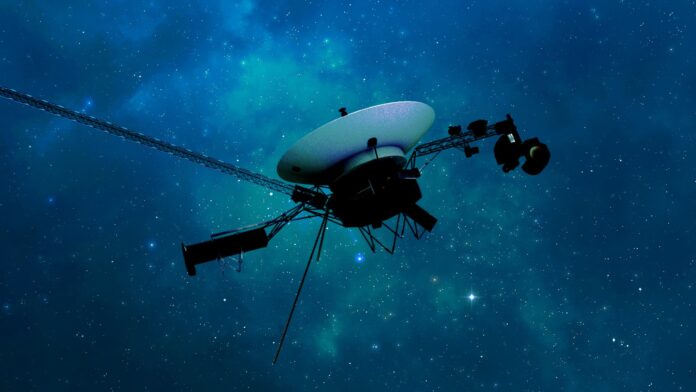In November 2023, NASA’s Voyager 1 spacecraft stopped sending readable science and engineering data back to Earth. The problem was with one of Voyager 1’s three onboard computers, the flight data system (FDS). The spacecraft received and executed commands sent from Earth but could not send science or engineering data back to Earth.
Now, thanks to some clever investigating, the mission team can finally check on the health and condition of the most distant human-made object for the first time in five months.
For the first time since November, NASA‘s Voyager 1 spacecraft is returning valuable data about its technical systems. The next objective is for it to begin returning scientific data. Only two spacecraft have ever crossed interstellar space, the large region between stars: Voyager 1 and its twin, Voyager 2.
The Problem And The Solution:
The team discovered a malfunctioning chip that stores some software code and a portion of the memory in the FDS memory. The research and engineering data became useless as a result. They relocated the impacted code to a different area of the FDS memory as they could not fix the chip. However, all of the code could not fit into one location that was large enough to contain it all at once.
Hence, scientists devised a plan to divide the affected code into sections and store those sections in different places in the FDS. They needed to adjust those code sections to ensure that they all functioned. It was also necessary to update any references in other areas of the FDS memory that pointed to the location of that code.
On April 18, the team focused first on relocating the code that manages the engineering data of the spacecraft to its new location in the FDS memory. A radio signal travels over 15 billion miles from Earth to Voyager 1, taking around 22 and a half hours, and it takes another 22 and a half hours to return to Earth. The mission flight team verified that the change was successful on April 20 when they received a response from the spacecraft. They assessed the spacecraft’s health and status for the first time in five months.
The team is now looking forward to relocating and adjusting the other affected portions of the FDS software, including the portions that will start returning science data.
